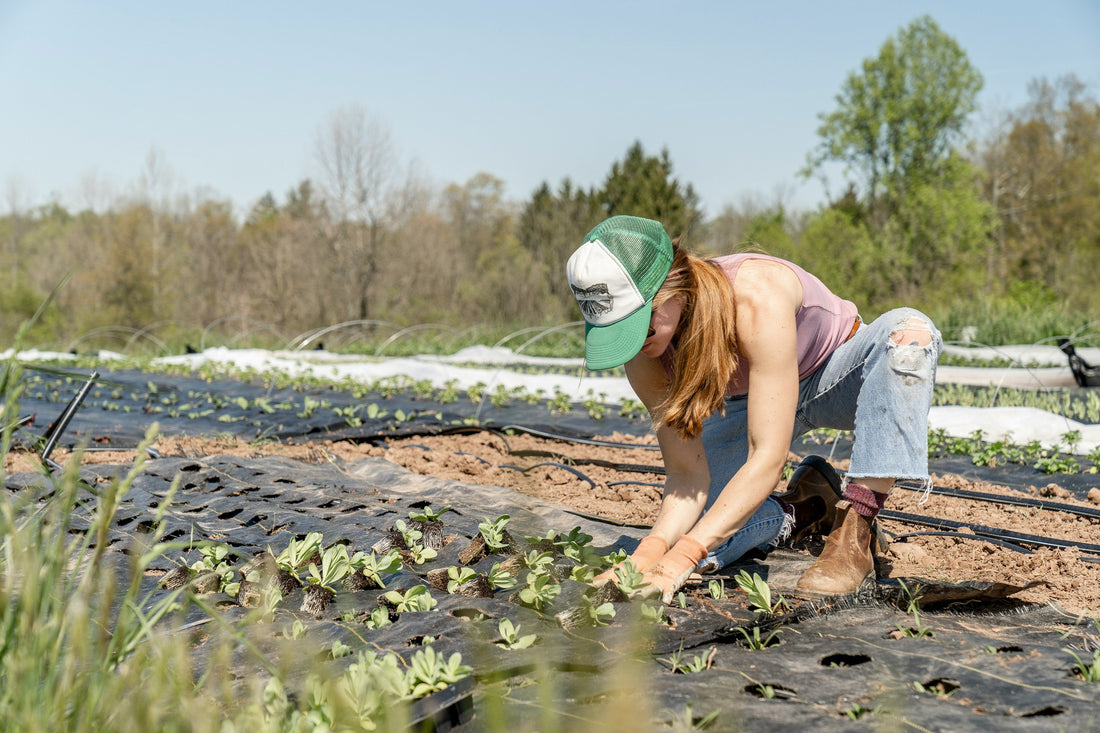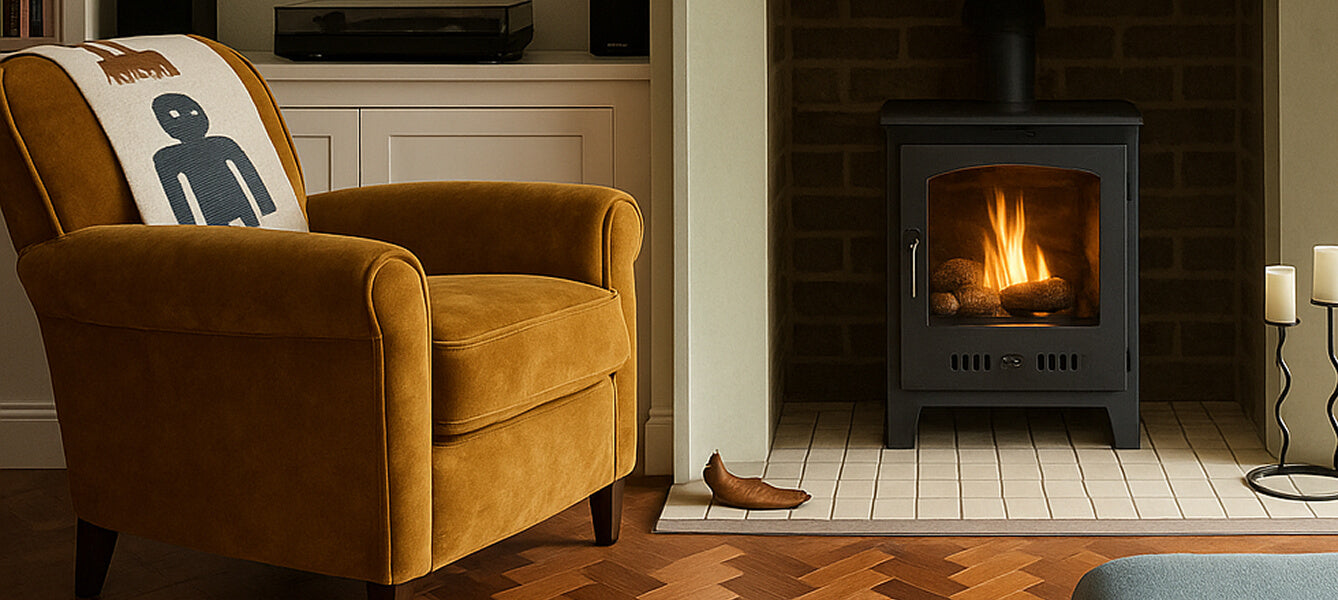
How to Make Your Garden More Sustainable: Ultimate Guide
There are millions of gardens across the UK, and they are the pride and joy of their owners. But while many of us want to make our gardens look beautiful, how many of us actually focus on sustainability?
A sustainable garden is a garden that reduces its overall impact on the environment. Sustainable gardens have many benefits, not just for the owners but for the environment and wildlife. For example, they can reduce your carbon emissions and help attract more wildlife.
There are many simple steps you can take to make your garden more sustainable, so let’s take a look at some of the things that have the biggest impact.
1. Make Your Own Compost

Many of us are guilty of throwing away more than we need to. When we discard items, they often end up in landfill sites, but there is no need to dispose of organic waste in this way. When organic waste goes to landfill, it ends up releasing methane and contributing to the climate crisis.
So create compost from your organic waste instead.
This is one of the simplest most valuable steps any gardener can take. Even if you have a small garden, composting is easy.
Simply get yourself a compost bin (or make your own), then fill it up with all your organic waste, including vegetable peelings, cut grass, etc.
Over time, it will turn into natural compost that you can use in your garden. This will save you money on buying compost from the store, and it will also reduce your carbon footprint.
2. Enjoy an Eco-Friendly Fire
Sitting around a fire in the evening can be a great way to relax and socialise, especially if you have guests over. But fires that release smoke are not particularly eco-friendly.
In this case, use a more eco-friendly version like a bioethanol fireplace. These provide the real flames of a regular fire, but they don’t release any harmful smoke into the atmosphere.
Not only does this make these fireplaces more environmentally friendly, but it also makes them more enjoyable to sit around because you won’t have to constantly dodge the smoke.

3. Use Rainwater
Gardens need a lot of water throughout the year. Flowers, trees and vegetables require water to grow and look beautiful. But if you want to know how to make your garden more sustainable, using less water is a good starting point.
Water use has an impact on the environment. During the dry summer months, water shortages can become a problem, and we should aim to use as little as possible. But even when there are no shortages, tap water still needs to be processed, which uses energy.
Instead, opt for a natural alternative by collecting rainwater.
Water butts are simple, affordable and highly effective. They collect the rainwater from your home’s roof, and you can then use the water whenever you need it rather than getting water from the tap.
Not only is this sustainable watering option free and allows you to use water that would otherwise be wasted, but it’s also better for your plants.
4. Go Organic

Sustainable organic gardening is essential if you want to be a more sustainable gardener. This simply means getting rid of the chemicals, like fertilisers and weed killers, and taking a more natural approach.
Chemicals can harm insects, pollute water sources and impact soil health. Instead of using chemicals, you can choose organic options instead. There are now plenty of these to buy, but you can even make your own.
For a natural fertiliser, you can use comfrey. Simply chop up the leaves, soak them in water for a few weeks, then dilute the mixture with water for a fertiliser packed with nutrients that your plants will love.
5. Attract More Wildlife to Your Garden
Try to make your overall goal to create a self-sustaining garden. This is where you create a balanced ecosystem where you use nature to your advantage in your garden rather than fighting against it.
Insects play an essential role in the ecosystem, especially pollinating insects like bees. But their numbers are in decline. You should welcome them, as well as other wildlife, into your garden by choosing plants that are helpful to them.
Sustainable garden plants like honeysuckle and primroses are great for attracting pollinating insects. You can also choose plants that flower at different times of the year or have longer flowering seasons, or plants with seed heads that help to provide food during the winter.
Other steps you can take to attract wildlife include:
- Provide wildlife with food and shelter by planting more shrubs and trees.
- Put up a bird box and a bird bath to attract more birds to your garden.
- Create an insect hotel using old twigs and logs where they can find shelter.
- Set up a hedgehog box where you may be able to attract a hedgehog to spend the winter.
6. Start a Vegetable Patch

Lots of people enjoy growing their own vegetables. But as well as being a fun hobby, it also helps you to be more sustainable.
Growing your own food is the most planet-friendly way to eat. Some food is grown over the other side of the world and comes with plenty of plastic packaging, leaving a big carbon footprint. But you can reduce your impact on the environment by growing vegetables in your garden.
You might not be able to be self-sufficient, but you can still grow a lot of your own food to keep you going – especially during the summer months.
Anything you grow is helping to reduce your carbon footprint. It will also save you money, and food simply tastes better when you eat it straight from the garden.
7. Plant a Hedge
All gardens have some type of divider where the boundary ends. You could put up a wall or a fence, but a better option is a hedge.
Hedges play a vital role in boosting biodiversity. Many hedges have been cut down across the country over the decades, but you can help by putting more up.
They are the perfect way to mark the boundaries of your garden, or you could put one up within your garden to create different zones. Not only do hedges look beautiful, but they also provide shelter for animals like hedgehogs.
8. Mow Less Frequently

Mowing the lawn is a classic summer garden job, but perhaps you’re mowing more than you need to. Mowing uses power in the form of petrol or electricity, and it’s noisy, all of which have an impact on the environment.
A tidy lawn is pleasant, but you may want to let the grass grow for longer in between mows to let the wildflowers bloom and provide more food for wildlife.
If you don’t want to wait longer in between mows, consider setting up an area of your garden that you leave to grow. Let the grass grow longer and turn it into a wild space for insects and wildlife to enjoy.
May is a particularly important month for flowering plants, so you might want to avoid mowing during the month.
9. Use Electric Tools
You’ll probably have to use lots of tools in the garden for various tasks, like pruning the hedge. But try to switch to electric where possible, especially when they are powered by green energy. Even better, use manual tools.
Consider borrowing tools rather than buying new ones. You can save money for yourself this way as well as reduce your carbon footprint.
10. Reuse More
Reusing as much as you can is a great way to reduce your carbon footprint in every aspect of your life, and that includes in the garden.
Whenever you are considering buying something new for your garden, think about your other options.
Try to use household objects around the garden wherever you can. Get creative! You can turn old containers into a whole range of items, from birth baths to plant pots.
When something breaks in the house, like a pot, use it in the garden in some way. Before you throw anything away, consider how it could be reused instead.
If you want some garden furniture, consider used furniture instead of new, or get furniture made from recycled or reclaimed materials. These are all good ways to enjoy more sustainable garden furniture.
When you are buying something new, try to avoid plastic. Opt for more sustainable alternatives, like bamboo products and biodegradable paper, or wood pulp seed trays. You can even use old newspapers to make your own seedling pots.
Enjoy Your Sustainable Garden

If you’re wondering how to make your garden more sustainable, these are just a few of the ideas you can put into use to enjoy more sustainable gardening practices.
Your garden may be your pride and joy, and you want it to look great and to be a place where you enjoy spending time outdoors – but that doesn’t mean it can’t be sustainable at the same time.
From mowing the lawn less to making your garden more wildlife-friendly, there are many simple steps you can take to make your garden more sustainable.
So start putting these tips into practice, reduce your carbon footprint, enjoy a more natural outdoor space, make your house more sustainable – and get even more pleasure from your garden.
